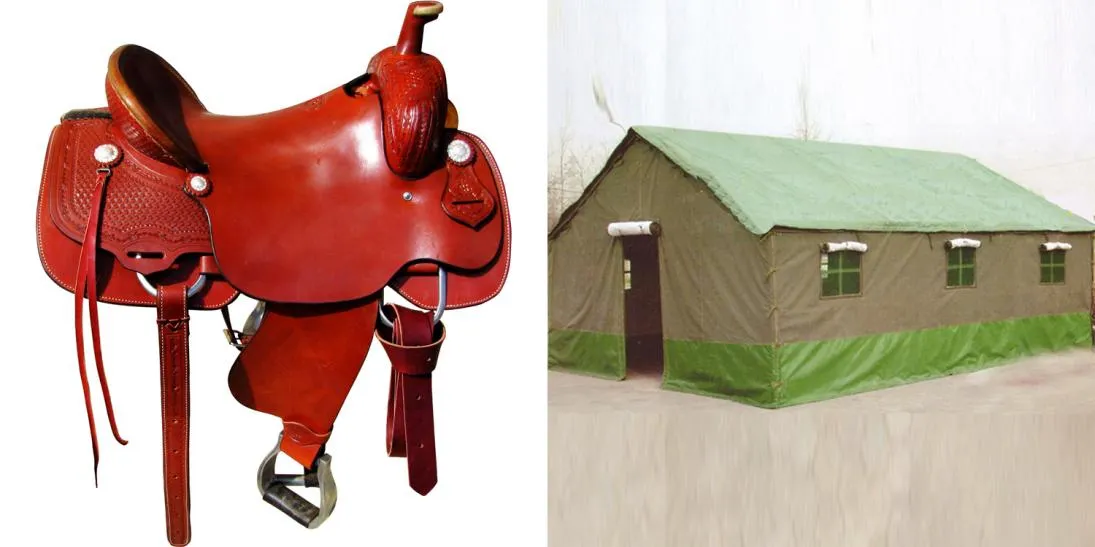fibc bag producing line
The FIBC Bag Producing Line An Overview
Flexible Intermediate Bulk Containers (FIBCs), also known as bulk bags, have become an essential component in the transportation and storage of bulk materials across various industries, including agriculture, construction, chemicals, and food processing. As demand for these versatile containers continues to grow, understanding the intricacies of the FIBC bag producing line becomes crucial for manufacturers aiming to optimize productivity and ensure quality.
The Importance of FIBC Bags
FIBC bags provide an efficient and cost-effective solution for transporting large quantities of powders, granules, and other bulk products. Their lightweight nature, combined with high load capacity, makes them preferable over traditional cargo methods. Furthermore, FIBCs can be manufactured in various sizes and designs, tailored to meet specific client requirements. Consequently, establishing a robust production line for FIBC bags is vital for businesses looking to capture market opportunities and meet consumer expectations.
Components of an FIBC Bag Producing Line
An efficient FIBC bag producing line consists of several critical components, each playing a role in the overall manufacturing process. These include
1. Raw Material Preparation The production of FIBCs begins with sourcing raw materials, primarily woven polypropylene (PP) fabric. This material is known for its strength, durability, and resistance to moisture. The fabric is usually produced in rolls, which are then fed into the production line.
2. Fabric Weaving The raw polypropylene is woven into fabric using advanced weaving machines. These machines employ various weaving techniques to produce fabric with different characteristics, such as UV resistance or specific tensile strength, depending on the end-use of the FIBC bag.
3. Cutting and Sewing Once the fabric is woven and treated, it is cut into the required dimensions and shapes for the bags. Automated cutting machines enhance precision and reduce material waste. Subsequently, the cut fabric pieces are sewn together using heavy-duty sewing machines. This stage involves incorporating lifting loops, spouts, and other necessary features that enhance the usability of the bags.
fibc bag producing line

4. Printing and Labeling Many FIBC bags require printing for branding, safety instructions, or regulatory compliance. Modern printing technologies allow for high-quality graphics and text to be applied to the fabric without compromising its structural integrity. Automated labeling systems are also integrated into the production line for efficiency.
5. Quality Control Quality assurance is a critical aspect of FIBC production. Bags undergo rigorous testing to ensure they meet established industry standards. This includes load tests, leak tests, and inspections for defects in stitching or material. Automated systems can detect inconsistencies, allowing for immediate correction and minimizing waste.
6. Packing and Shipping Once the bags pass quality control, they are bundled and packed for shipping. The packing process is typically automated to enhance speed and efficiency. Proper packing ensures that the bags are delivered to customers in excellent condition and ready for use.
Technological Advancements
Advancements in technology have significantly transformed the FIBC bag producing line. Automation plays a pivotal role in increasing efficiency and reducing production times. Many manufacturers now utilize robotic systems for handling materials, sewing, and quality inspections. Additionally, integrating Industry 4.0 technologies, such as IoT sensors and data analytics, can enhance operational efficiency by providing real-time insights into production processes and identifying areas for improvement.
Sustainability Considerations
As environmental concerns grow, the FIBC industry is also focusing on sustainability. Manufacturers are increasingly seeking eco-friendly raw materials and exploring methods to recycle used FIBC bags. Innovative approaches, such as biodegradable plastics and circular economy practices, are gaining traction, ensuring that the industry adapts to changing consumer preferences and regulatory requirements.
Conclusion
The FIBC bag producing line is a complex yet fascinating system that plays a pivotal role in supplying various industries with essential bulk storage and transportation solutions. As market demands evolve, continuous improvements in production techniques, quality control, and sustainability practices will be key to maintaining competitiveness in this dynamic sector. By investing in modern technologies and adhering to stringent quality standards, manufacturers can ensure that they not only meet but exceed customer expectations in this ever-expanding market.
-
Industrial Cylinder Arm Sewing Machine: Revolutionizing Heavy-Duty SewingNewsJul.28,2025
-
Cylinder Arm Sewing Machine: Perfect for Special Sewing ApplicationsNewsJul.28,2025
-
Cylinder Bed Sewing Machine: Essential for Sewing Complex MaterialsNewsJul.28,2025
-
Heavy Duty Sewing Machine: The Essential Tool for Industrial ApplicationsNewsJul.28,2025
-
Computerized Pattern Sewing Machine: Revolutionizing Precision StitchingNewsJul.28,2025
-
Heavy Duty Industrial Sewing Machine: Power Meets PrecisionNewsJul.28,2025
-
Leather Sewing Machine: The Industrial Standard for Tough MaterialsNewsJul.18,2025





























